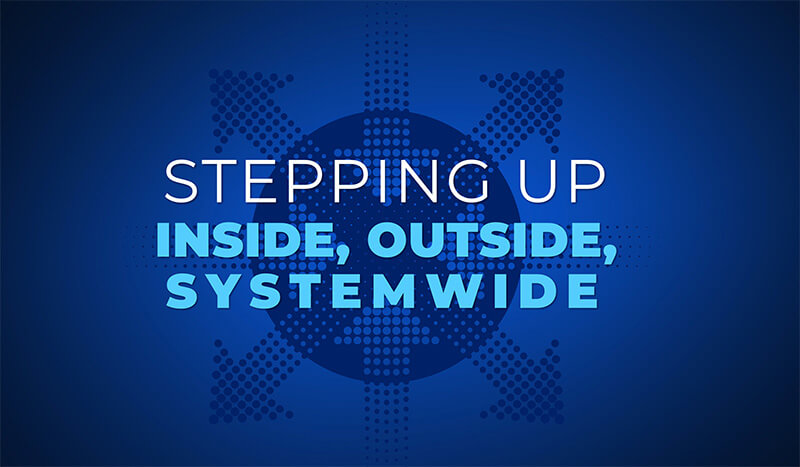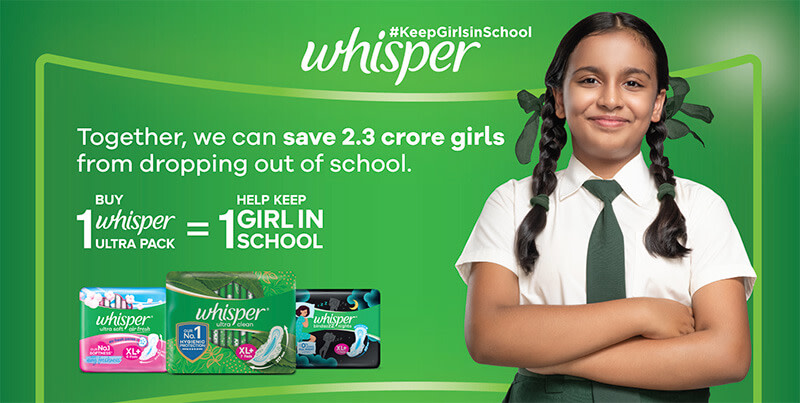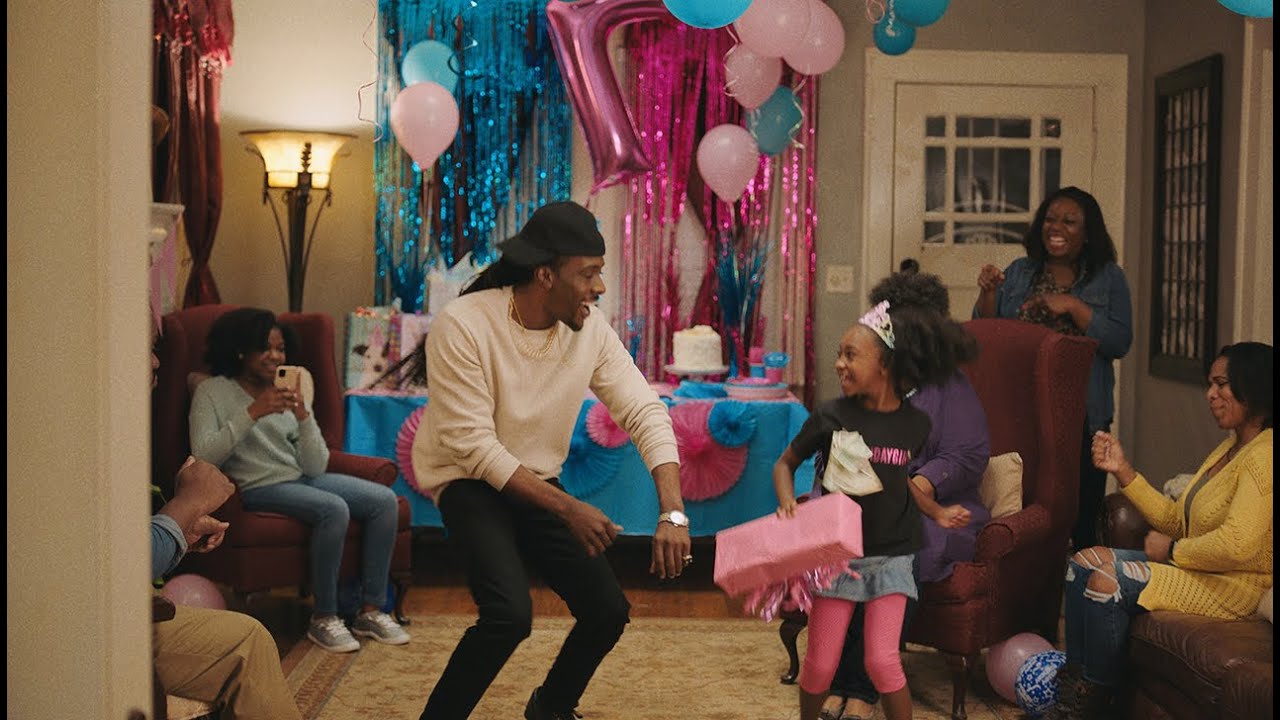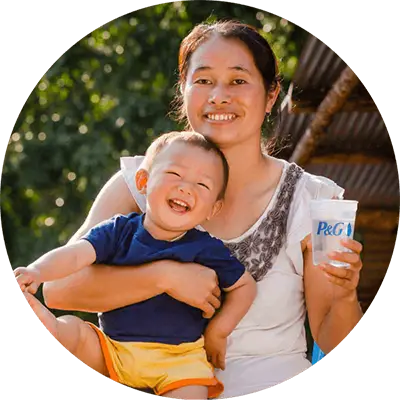4/25/2023
Global Inclusion: If the Systems Don’t Change, Change the Systems
Guest Author: Damon Jones, Chief Communications Officer
If you’re not doing multicultural marketing, you’re not doing marketing. This is a fundamental truth of the increasingly diverse, increasingly global world we live in, and a mantra you’ll hear us repeat often at Procter & Gamble.
That’s because inclusion is foundational to building brands that people want to have in their lives. Brand building starts with understanding people in all aspects of their lives, penetrating their habits and practices, which are frequently grounded in cultural traditional norms, all the way through ensuring that they are reflected accurately and authentically in marketing and communications. This cannot be achieved when you only look for “general market” averages.

Stepping Up — Inside, Outside, Systemwide
At P&G, we have been on a journey to create a more equal and equitable creative ecosystem and to empower other companies and players in this arena to do the same. When I’m asked how we’re thinking about this at P&G, I start with three principles:
-
Inclusion is everyone’s job — every day. Collectively, we as leaders and communicators must operationalize and systemize inclusion throughout the ecosystems and organization we lead. Gender parity can’t be left to the women. Racial equity cannot rest on the shoulders of the Black and brown people. Ditto for the LGBTQ+ community, so on and so forth. That’s what we’re doing at P&G — inside our walls, externally and across the media supply chain with our agencies and partners.
-
If the systems don’t change, change the systems. We’ve accepted that good intentions, asking the right questions and annual reports of progress won’t get the job done. To drive inclusivity, we must change the metrics, bring in new partners, ask ‘why’ and ‘why not’ — and wait for the answers! A systems-based approach helps us drive meaningful and lasting change.
-
AT the table, IN the discussion and ON the agenda. At creative festivals, in corporate board rooms and when forming creative teams, we must hold ourselves and our partners accountable for reflecting our diverse, global consumers in every conversation and ensuring those diverse contributors have the agency to contribute fully.
Being a Force for Growth and a Force for Good pays off — economies grow, communities are healthier, businesses thrive and the world is a better place for everyone. Inclusion can mean different things in different parts of the world, so let’s look at some real examples from P&G teams around the world to show how inclusion helped build brands and drive business growth.
Gender Equality: Gillette and Whisper India
At P&G, we aspire to build a world free from gender bias with equal voice and equal representation for all individuals — a world where everyone sees equal. Two of our brand campaigns in India exemplify the work we’re doing to help make the world a more equitable place.
In India, we’ve launched many brand campaigns that drive important conversations about inclusivity, while communicating the superior performance of products for all consumers. These examples are award winners — and have driven the business — making the important link between growth and good.

Gillette’s #ManEnough campaign challenges gender stereotypes by asking the question, “Why don’t men show their tears?” Men have often been told “men don’t cry” and that showing vulnerability is a sign of weakness. Gillette aimed to pave the way for men to rethink their notions of masculinity and strength.
Through the real-life story of a father and son, who is an Indian soldier, Gillette traces their journey from being beholden to this stereotype to breaking it and accepting that showing their tears and vulnerability makes them stronger.

Whisper, a P&G feminine care brand in India, is making its mark with a mission to increase awareness about the need for period education and information on menstrual hygiene management in the school curriculum. Only 20% of menstruating women in India use sanitary pads, while 80% of women resort to other means like cloth, rags, paper and even straw and husk. Not having the right menstrual education and period products leads to 1 out of 5 girls dropping out of school. To break this cycle, Whisper has provided menstrual education and free pads to over 100 million girls under their program, #KeepGirlsInSchool.
The brand’s film “The Missing Chapter” further showcased how societal taboos around the subject often lead to girls missing school when they get their periods. The movement aims to reduce the overall dropout rates among young girls and is making an impact on the ground.
LGBTQ+ Visibility: Vicks India and Pantene Europe
Also in India, Vicks has been on a multi-year journey to redefine what “care” means within the evolving definition of “family,” driving higher relevance, especially with younger audiences.
For Vicks, the insight behind the #TouchOfCare series is rooted in the human truth that everyone deserves a touch of care. In the 2017 edition of its campaign (view video here), Vicks challenged conventional thinking about what it means to be a caring mother, casting a compassionate spotlight on transgender activist Gauri Sawant.
In Europe, Pantene leans into its brand promise of the Power of Hair. Recognizing that hair is a unique expression of who we are, the brand supports the LGBTQ+ community through its #HairHasNoGender and Family Photo Recreated campaigns.
Racial Equality: Widen the Screen
Black stories are too often portrayed as one extreme — either struggle or triumph. While those stories exist, they do not represent the full view of Black life. To understand the Black experience, we must showcase the whole truth and tell stories that break through the narrow view often shown in mainstream media.
That’s what we’re aiming to do through our Widen the Screen initiative, an expansive content creation, talent development and partnership platform that enables increased inclusion of multicultural creators across the advertising, film and media industry.
It also expands the multiculturally owned-and-targeted media ecosystem, starting with Black creators and program development, along with Black-owned-and-targeted media companies — and expanding to Hispanic, Asian-Pacific, Native-Indigenous, People with Disabilities and the LGBTQ+ community.
Words alone won’t create change, but through sustained action and investment we can address systemic bias and inequality in advertising and media.
Celebrating the Wins While Honoring the Work Ahead
Global equity and inclusion initiatives were front and center during the Dubai Lynx International Festival of Creativity, where the Always “Not Hot” period wear fashion collection and campaign in Saudi Arabia won a Lynx Grand Prix for Design, among other awards. The collection, a collaboration between Always and Saudi designer Nasiba Hafiz, is made using the same performance fabric as featured in Always Cool & Dry, which keeps moisture and heat away from the skin — important for helping women achieve comfort and confidence in any climate.
This campaign illustrates the power communicators have in creating authentic, inclusive creative that’s rooted in consumer understanding in order to speak to people on a global scale. Click here to learn more about the work.
Thank you to the Always team on creating a thoughtful and inclusive campaign. And while it’s important to celebrate our wins, we know at P&G that we have more work to do to continue to build brands that serve all consumers and each consumer.
This content was originally shared, in part, at Dubai Lynx, in a panel session Damon Jones joined with Adrianne Smith, founder and CEO of the Cannes Can: Diversity Collective, of which P&G is a supporter. Learn more about CC:DC and its work in supporting the next generation of diverse creative talent here.




